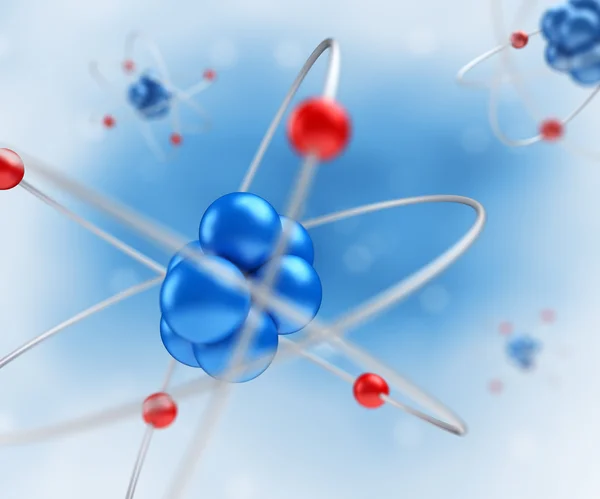The New Neutron Detector Is Small Enough To Fit In Your Pocket
A novel material created by Northwestern University and Argonne National Laboratory opens the door to a new class of special neutron detectors.
Highly efficient neutron detectors are crucial for national security because they can detect smuggled nuclear materials. Currently, there are two types of detectors: those that use helium gas and those that employ light flashes. These detectors are massive, sometimes reaching the size of a wall.
The material developed by Northwestern and Argonne belongs to a third category: a semiconductor that can absorb neutrons and generate electrical signals that can be detected. In addition, the semiconductor-based detector is very efficient and stable. It can be utilized in both small, portable field inspection equipment and very large detectors with crystal arrays.
The findings will be published in the journal Nature on January 16th.
"Semiconductor neutron detectors have been envisioned for a long time," said Northwestern's Mercouri Kanatzidis, who led the study. "The concept was there, but no one had the necessary materials to put it together."
Kanatzidis is a chemistry professor at Northwestern's Weinberg College of Arts and Sciences, where he is the Charles E. and Emma H. Morrison Professor of Chemistry. He has a joint appointment with Argonne National Laboratory.
Atoms of heavy elements like uranium and plutonium emit neutrons from their nuclei when they decay. The majority of neutron detectors are scintillators, which detect expelled neutrons and then generate light to warn the user. This new material is a semiconductor that detects electrical signals caused by neutrons rather than emitting light. Neutron detectors are utilized in radiation safety, astronomy, plasma physics, materials science, and crystallography, in addition to security applications.
Traditional thermal neutron detectors have been in use since the 1950s, but a workable semiconductor material has eluded researchers. Lithium, which is excellent at absorbing neutrons, quickly became the most promising material for neutron detectors. It was a different story integrating lithium into a semiconductor and keeping it stable (lithium crumbles when it comes into contact with water).
"You may find nice semiconductors," Kanatzidis remarked, "but they don't have lithium." "Alternatively, stable lithium compounds that aren't good semiconductors can be found. We were able to combine the finest of both worlds. The specific lithium-6 isotope is a potent neutron absorber and is very common and inexpensive."
Kanatzidis and his colleagues discovered the proper combination of materials to create a functioning gadget that also keeps lithium stable in their research. Their new material, lithium-indium-phosphorous-selenium, has a layered structure and is lithium-6 isotope enriched.
"There's something unique about the crystal structure," Kanatzidis added. "Water cannot reach the lithium since it is contained within the layers. This is a significant aspect of the material."
The resulting semiconductor neutron detector is capable of detecting thermal neutrons from even the weakest sources in nanoseconds. It can also tell the difference between neutrons and other nuclear signals like gamma rays. This reduces the number of false alerts.
Last but not least, the substance contains a significant amount of lithium. As a result, a smaller piece of material can absorb the same amount of neutrons as a large device. As a result, electronics that fit in your hand are possible.
"It's critical to have a variety of sizes and types of neutron detectors, such as our novel semiconductor," Kanatzidis added. "You want ones that are as huge as a wall and can be passed by a truck. However, you'll also need tiny ones that can be taken out into the field for inspections."

